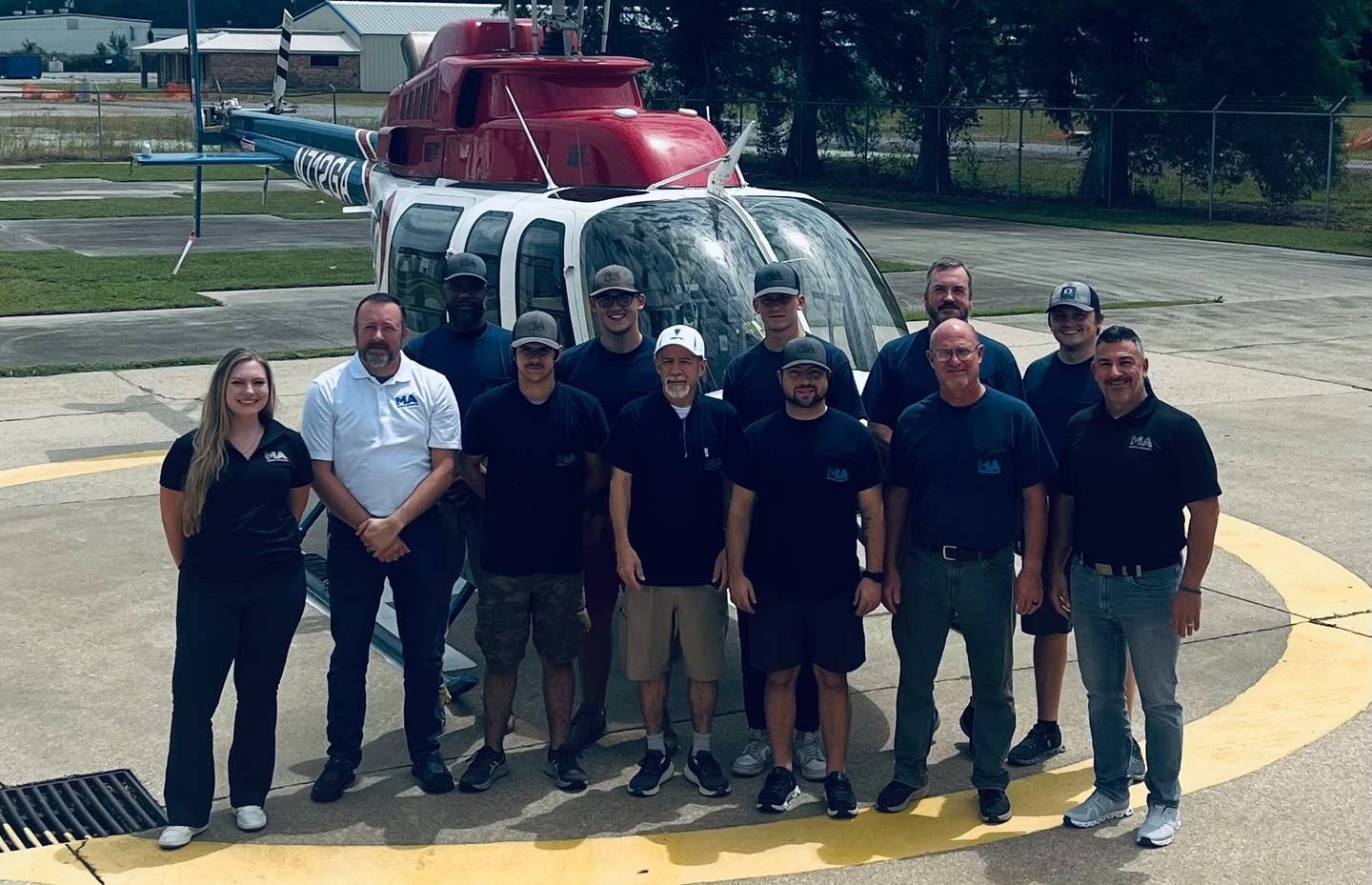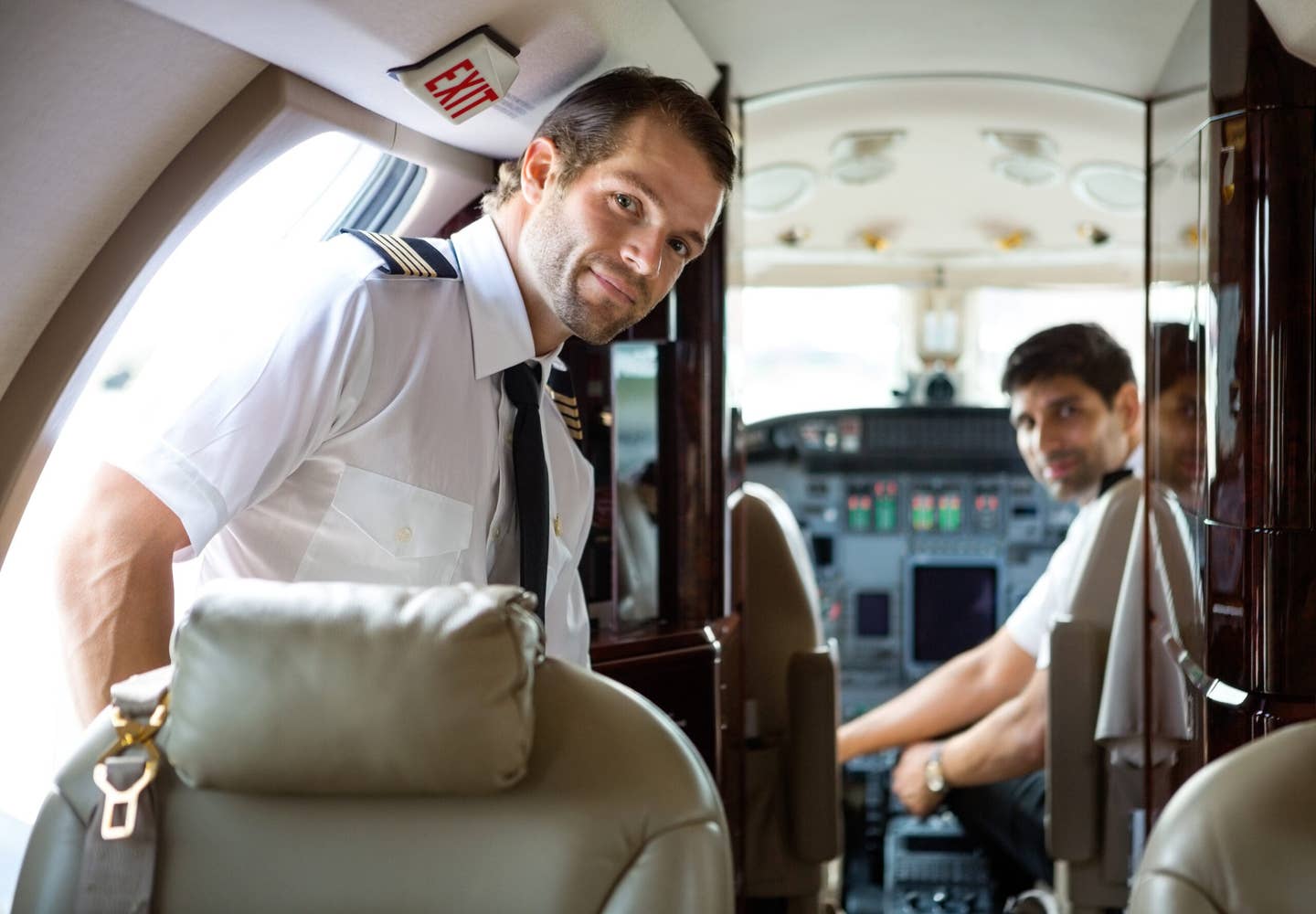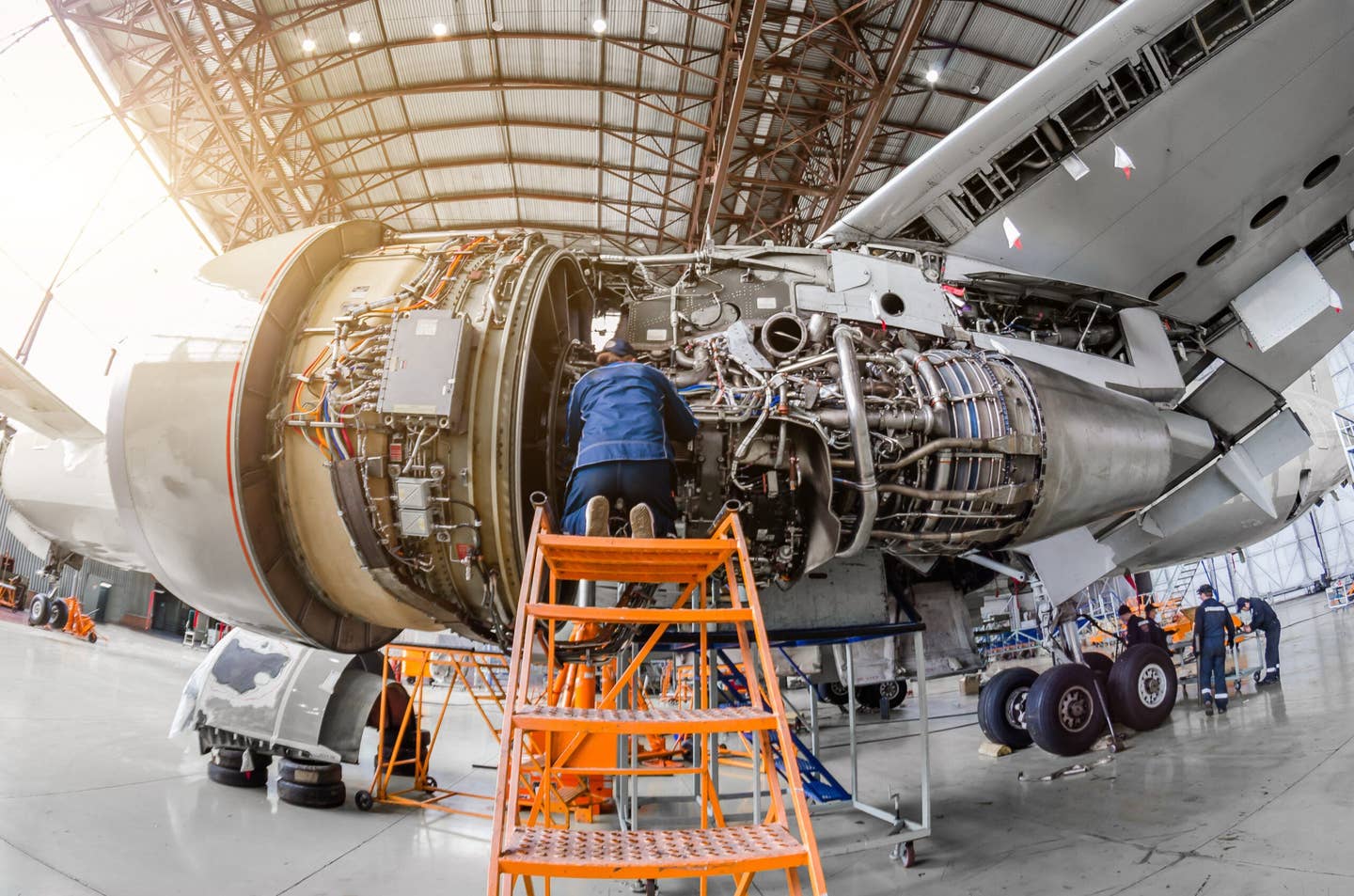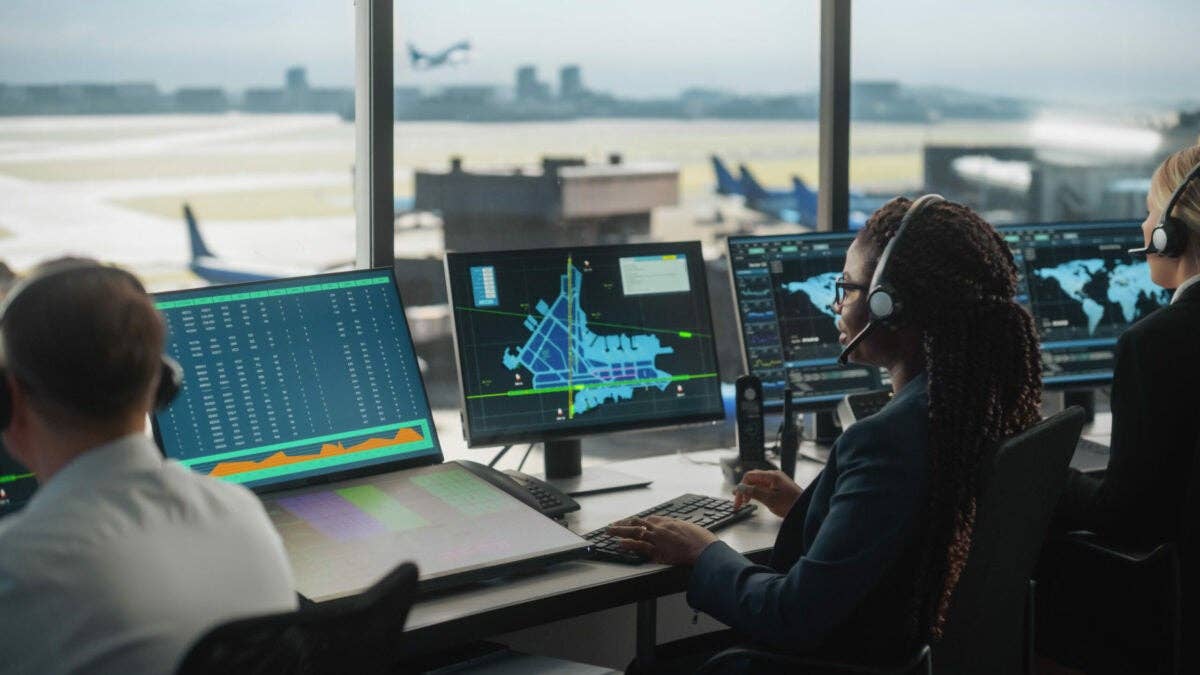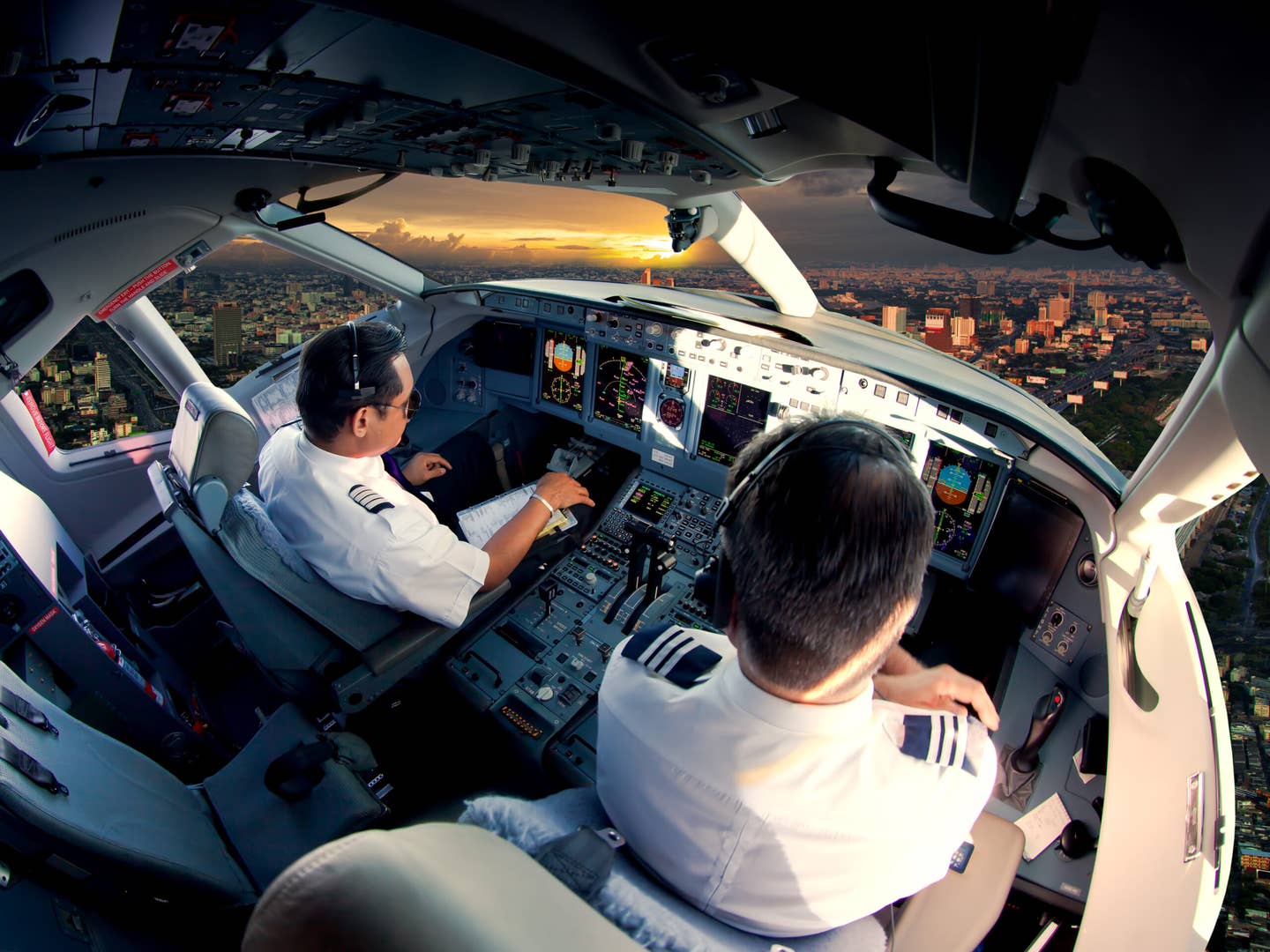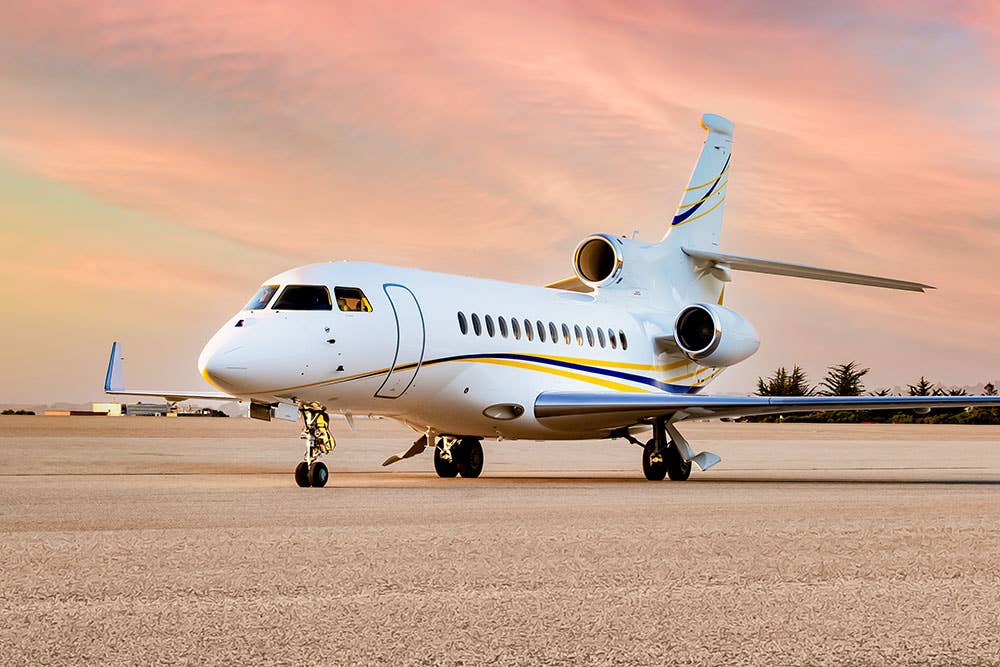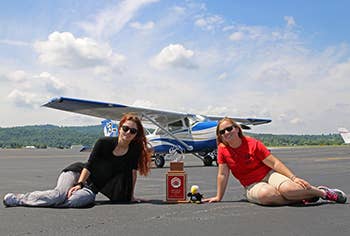
Val gives her student a thumbs up as he
successfully takes flight at Embry-Riddle.
Airline Transport Pilots (ATPs) outnumber Certified Flight Instructors (CFIs) by better than 3 to 2 (152,933 to 100,993 at the end of 2014 the FAA says). That gap may narrow as rules adopted in 2013 mandate U.S. airline pilots possess an Airline Transport Pilot (ATP) rating, which in most cases requires a minimum of 1,500 flight hours. Flight instruction provides opportunities to build needed flight time while honing skills at salaries commensurate with regional airline pay.
Nancy Snyder and Valdeta (Val) Mehanja, both recent Embry-Riddle Aeronautical University (ERAU) Daytona Beach campus graduates on airline pilot career paths, are taking this route, working as flight instructors at their alma mater.
Career Goal: Airline Captain
Even in an era of no-frills flying, serving as captain at a major airline is among the pinnacles of aviation careers, promising travel to exciting destinations, flexible schedules and good pay. "The romance is still there," says Snyder, daughter of a flight attendant and self-described "airline brat" who's wanted to command airliners since starting flying lessons at age 14. Mehanja, in contrast, had little early exposure to aviation and chose her degree path after admission only because "everybody was talking about the airlines." A native of Kosovo, she grew up in Germany where her family fled to escape the Yugoslav Civil War, and upon returning at war's end began working for contractors. That led to work in Afghanistan and Iraq as an avionics technician where she "fell in love with aviation," Mehanja says.
What It Takes
Enduring a demanding four-year curriculum and then working two years or more building flight time while undertaking additional training for a shot at the airlines requires mental and emotional stamina all its own. It's "a love-hate relationship," Snyder says of the training and work. "Some days you love flying, other days you need a break. Passion is what lets you go that extra mile to finish." Adds Mehanja, "The hardest thing is to stick with it. A lot of people have the passion and aspirations, but the dedication sometimes is missing."
Educational Foundation
Both instructors believe a formal aviation education is the key to career success. Mehanja heard about Embry-Riddle while in Iraq and Afghanistan, where "All the pilots told me it's the best school in aviation." She has a degree in aeronautical science, fixed and rotor wing ratings, and is now pursuing her master's in aeronautics with a concentration on safety. Snyder was drawn to Embry-Riddle by its airline pilot specialty track and her desire "to be the best I could be in the field I'm in." She has an aeronautical science degree with a minor in applied meteorology. The pair, coincidentally, was Embry-Riddle's entrants in the 2014 Air Race Classic, and took top collegiate honors and second place overall in the legendary women's cross-country contest.
Increased Demand = Higher Pay for Flight Instructors
Embry-Riddle flight instructors without degrees earn $17 per hour, while degreed instructors start at $19 and master's degree holders make $22 per hour. Base pay rises to $22.50 per hour after 1,000 hours of dual instruction, with typical earnings ranging from about $33,000 to $40,000 annually. That compares with regional airlines starting pay of "about $20- to $25,000 for the first year, and a second year increase of $5- to $10,000," Snyder says. CFI jobs posted by NAFI range in pay from $18 to $30 per hour, with salaried positions from $54,000 to $70,000 annually.
The Embry-Riddle Racers Val Mehanja (left) and Nancy Snyder (right) pose with their trophy on the runway. Mehanja and Snyder were victorious in the Women's Air Race Classic.
Career Prospects
Hiring opportunities at major airlines are "looking very bright," says Snyder, citing a "huge retirement" wave occurring over the next ten to 15 years. She plans to start looking for an airline job this fall. Mehanja, having been exposed to a wide range of aviation careers, is now also considering corporate work, Search & Rescue, firefighting and flying for the military. "I don't feel like living out of a backpack," Mehanja, now 31, says, noting the low pay younger colleagues are making at regionals. "I think it's important to look at the opportunities and do really good research before you decide which path to take."
Benefits
Embry-Riddle instructors get good health and retirement benefits and a free education; Mehanja is taking two masters courses per semester gratis. But both cite "teaching the next generation of pilots" as the best part of their jobs — perhaps rivaling that of airline pilot. "If I could instruct on the side, I would love to," says Snyder.
Get exclusive online content like this delivered straight to your inbox by signing up for our free enewsletter.

Subscribe to Our Newsletter
Get the latest FLYING stories delivered directly to your inbox

